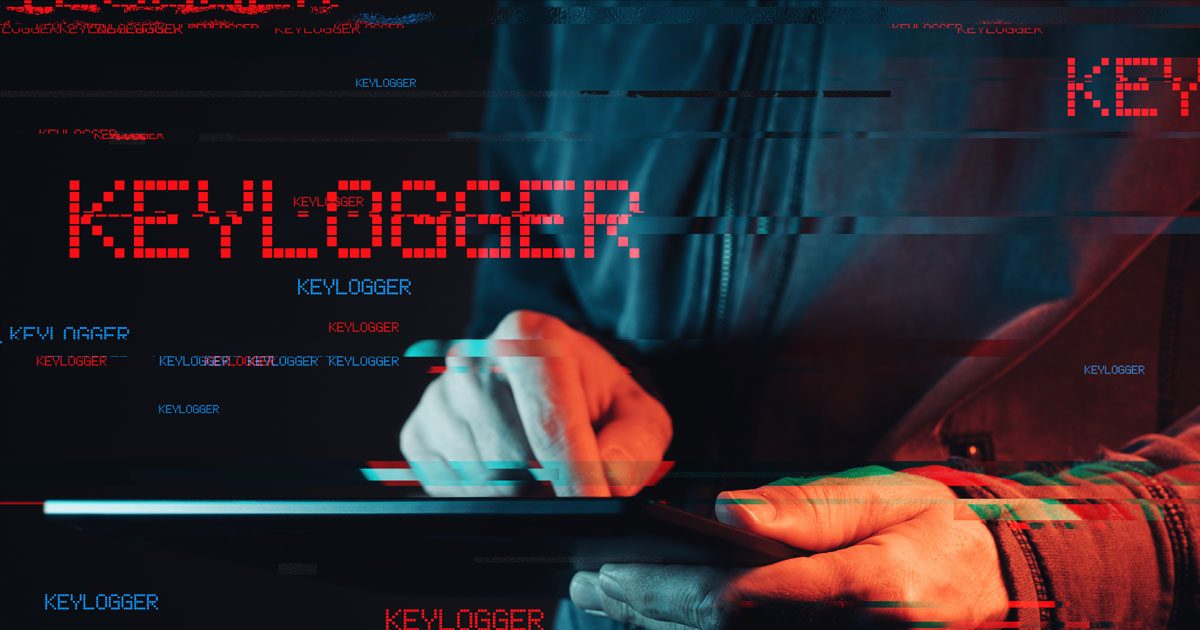How to protect against keyloggers

Keyloggers – those pesky pieces of malware that track whatever you do on your device. They log all keystrokes you make and can record everything – from the websites you visit to your banking credentials.
Keyloggers can be software or hardware based. However, hardware keyloggers are more difficult to install because a hacker will need access to your computer for that. Most hackers rely on software-based keyloggers as they can be remotely installed on your system.
Protecting yourself from keyloggers isn’t very difficult. Here are a few steps you can take to make sure your details are not being tracked by someone else.
- Anti-virus
Most antivirus tools are able to detect the presence of keyloggers on your device. If you don’t have an antivirus on your computer, make sure you install one now. There are free as well as paid antivirus software and you can read some reviews to find the best option for your needs. - Use on-screen keyboard
Some websites and apps (such as banking apps) provide an on-screen keyboard that you can click using your mouse. So even if there is a keylogger on your system, it won’t be able to know your password. - Avoid phishing scams
Keyloggers can be installed on your system if the hacker has access to your computer or if they make you click on a suspicious link. If your computer is kept in a secure place and is password protected, the next thing you should do is be vigilant. Don’t click on any suspicious links. - My method
If you think your system might have a virus or a keylogger, here is something you can do. Instead of entering a password directly on a website, enter it in chunks.
For example, if your password is mypassword123 (a really weak password though, I wouldn’t recommend it), enter “123” in the password box. Then point your mouse to the beginning of the box and click. Now enter “word”. Click on the beginning of the password text and enter “pass”. Again bring the cursor to the beginning and type “my”.
This way, based on your keystrokes, the hacker will receive the password as 123wordpassmy. This wouldn’t be any good to them.
Apart from these methods, you can also use a password manager so you don’t have to type any passwords at all. When you don’t type a password, the keylogger won’t be able to track the keystrokes and get to know your credentials.
Also, make sure you change your passwords frequently so that even if someone gains access to your account, they are locked out as soon as you change the password.
